

Articles
How To Make A Pool Ladder More Sturdy
Modified: February 22, 2024
Looking for articles on how to make your pool ladder more sturdy? Check out our tips and tricks to ensure safety and stability for your pool ladder.
(Many of the links in this article redirect to a specific reviewed product. Your purchase of these products through affiliate links helps to generate commission for Storables.com, at no extra cost. Learn more)
Introduction
Having a pool in your backyard is a great way to beat the heat and enjoy some outdoor relaxation. However, ensuring the safety and stability of your pool ladder is essential to avoid any accidents and injuries. A sturdy pool ladder provides stability and peace of mind, ensuring that everyone can safely enter and exit the pool.
In this article, we will guide you through the process of making a pool ladder more sturdy. We will provide step-by-step instructions and tips on reinforcing the ladder legs, strengthening the ladder rungs, and securing the ladder to the pool deck. By following these steps, you can ensure that your pool ladder is more durable and reliable, enhancing the overall safety of your swimming pool.
Before we dive into the details, it’s important to note that the methods discussed in this article are general guidelines and may vary depending on the type of pool ladder you have. Ensure you consult the manufacturer’s instructions or seek professional guidance if needed.
Key Takeaways:
- Ensure pool ladder safety by reinforcing legs, strengthening rungs, and securing to the deck. Regular maintenance and testing are crucial for ongoing sturdiness and user safety.
- Prioritize pool ladder stability for a worry-free swimming experience. Follow steps to reinforce, strengthen, and secure the ladder, ensuring a safe and enjoyable pool environment.
Read more: How To Remove Pool Ladder
Step 1: Assess the Current State of the Pool Ladder
The first step toward making your pool ladder more sturdy is to assess its current condition. Carefully inspect every component of the ladder, including the legs, rungs, and attachments. Look for any signs of wear and tear, rust, or damage that may compromise the ladder’s stability.
Ensure that the ladder legs are securely attached to the ladder frame and that they’re not wobbly or loose. Examine the ladder rungs for any cracks or breaks, as these can weaken the ladder’s overall structure. If you notice any significant damage, it’s recommended to replace those parts entirely.
Take note of the ladder’s weight capacity as well. The weight limit should be clearly indicated by the manufacturer. Ensure that the ladder can support the weight of the individuals who will be using it. If necessary, consider upgrading to a ladder with a higher weight capacity for added security.
During the assessment, pay close attention to the ladder’s positioning in relation to the pool deck. Make sure it is properly aligned and that the ladder is not leaning or tilting to one side. Any misalignment can affect the stability and safety of the ladder.
By thoroughly assessing the current state of your pool ladder, you’ll have a better understanding of what areas need improvement and what measures should be taken to enhance its sturdiness.
Step 2: Gather the Necessary Materials
After assessing the current state of your pool ladder, it’s time to gather the necessary materials to make it more sturdy. The materials you’ll need may vary depending on the specific improvements you plan to make, but here are some common items that can help enhance the ladder’s stability:
- Tools: A screwdriver, adjustable wrench, pliers, and a drill with appropriate bits.
- Materials for reinforcing ladder legs: Metal brackets, screws, and washers. These will be used to provide additional support to the ladder legs.
- Materials for strengthening ladder rungs: PVC pipe or rubber tubing. These materials will add grip and durability to the ladder rungs.
- Materials for securing ladder to the pool deck: Ladder anchors, bolts, and washers. These will help anchor the ladder securely to the pool deck, preventing any movement or instability.
- Safety gear: Gloves and protective eyewear are essential when working with tools and materials.
Before starting the improvements, ensure that you have all the necessary materials readily available. It’s always a good idea to double-check the manufacturer’s instructions or seek professional advice to ensure you are using the appropriate materials for your specific pool ladder type.
By gathering all the required materials beforehand, you’ll be ready to move on to the next steps and make your pool ladder more sturdy.
Step 3: Reinforce the Ladder Legs
One of the key areas to focus on when making your pool ladder more sturdy is reinforcing the ladder legs. Reinforcing the legs will provide additional support and stability, ensuring that the ladder stays firmly in place.
To reinforce the ladder legs, you can follow these steps:
- Start by removing the ladder from the pool and placing it on a flat surface for easy access.
- Use a screwdriver or adjustable wrench to loosen and remove any screws or bolts securing the ladder legs to the ladder frame.
- Attach metal brackets to the ladder legs using screws and washers. Position the brackets in a way that provides extra support and prevents wobbling or swaying.
- Tighten the screws or bolts to securely attach the metal brackets to the ladder legs.
- Inspect the ladder legs and ensure that they are properly aligned and tightened. Make any necessary adjustments to ensure stability.
- If you notice any signs of rust or corrosion on the ladder legs, consider applying a rust-resistant coating to protect them from further deterioration.
By reinforcing the ladder legs, you’ll add significant sturdiness and support to your pool ladder. This extra reinforcement will help prevent any wobbling or shaking while climbing the ladder, providing a safer swimming pool experience for everyone.
Consider adding additional support braces to the pool ladder to increase its stability and sturdiness. This can be done by attaching metal or wooden braces to the sides of the ladder for added reinforcement.
Step 4: Strengthen the Ladder Rungs
Another crucial aspect of making your pool ladder more sturdy is strengthening the ladder rungs. The ladder rungs are the steps that you step on when climbing up or down the ladder, and ensuring their durability and grip is essential for safety.
To strengthen the ladder rungs, you can follow these steps:
- Measure the length of each ladder rung.
- Cut PVC pipe or rubber tubing to the same lengths as the ladder rungs.
- Slip the PVC pipe or rubber tubing onto each ladder rung, creating a protective layer.
- Ensure that the PVC pipe or rubber tubing fits snugly on the ladder rungs and cannot slide or shift.
- If necessary, use adhesive or zip ties to secure the PVC pipe or rubber tubing in place.
- Test the ladder rungs to ensure they provide a firm grip and added stability. If you find any loose or damaged rungs during this process, consider replacing them with new ones.
By strengthening the ladder rungs, you’ll enhance their durability and provide a more secure foothold when using the pool ladder. This added stability will reduce the risk of slipping or losing balance while climbing up or down.
Remember, proper maintenance of the ladder rungs is essential. Regularly clean them and check for any signs of wear or damage. If you notice any issues, address them promptly to maintain the ladder’s sturdiness and overall safety.
Read more: How To Build Pool Ladder
Step 5: Secure the Ladder to the Pool Deck
In order to ensure maximum stability and safety, it is important to securely anchor the ladder to the pool deck. This will prevent any movement or shifting of the ladder while in use and minimize the risk of accidents.
To secure the ladder to the pool deck, follow these steps:
- Determine the appropriate location for the ladder on the pool deck. Ensure that it is positioned in a convenient and easily accessible area.
- Mark the spots on the deck where the ladder legs will be placed.
- Using a drill and the appropriate bits, create holes at the marked spots on the pool deck.
- Insert ladder anchors into the holes in the pool deck.
- Place the ladder legs into the ladder anchors and secure them with bolts and washers.
- Tighten the bolts to ensure a secure connection between the ladder legs and the pool deck.
- Double-check the stability of the ladder by gently shaking it. It should be firmly anchored to the pool deck and not wobble or move.
It is important to note that the specific method of securing the ladder to the pool deck may vary depending on the design of your ladder and the type of pool deck you have. Always refer to the manufacturer’s instructions for any specific recommendations or guidelines.
By properly securing the ladder to the pool deck, you can significantly enhance its stability and reduce the risk of accidents caused by ladder movement. This step is crucial in ensuring the safety of individuals using the pool ladder.
Step 6: Test the Sturdiness of the Pool Ladder
After implementing the previous steps to reinforce and strengthen your pool ladder, it’s important to thoroughly test its sturdiness before allowing anyone to use it. Testing the ladder will ensure that all the improvements made are effective and have successfully enhanced its stability.
To test the sturdiness of the pool ladder, follow these steps:
- Carefully climb up and down the ladder, simulating regular usage.
- Pay attention to any signs of movement, shaking, or instability during the test.
- Ensure that the ladder legs remain securely attached to the ladder frame and do not wobble or loosen.
- Check the ladder rungs for any slipping or shifting.
- Verify that the ladder anchors and bolts are firmly holding the ladder in place on the pool deck.
- If any issues or concerns arise during the test, address them promptly by making necessary adjustments or repairs.
It’s crucial to take your time during this testing phase to identify any potential weak points or areas that may need further strengthening. By conducting a thorough examination, you can ensure that the pool ladder is safe and sturdy for everyone to use.
Furthermore, it’s important to periodically retest the sturdiness of your pool ladder to ensure that it remains in optimal condition. Regular maintenance and inspections can help identify any potential issues before they escalate and ensure the ongoing safety of pool ladder users.
Conclusion
Making your pool ladder more sturdy is a crucial step in enhancing the safety and reliability of your swimming pool. By following the steps outlined in this article, you can reinforce the ladder legs, strengthen the ladder rungs, and secure the ladder to the pool deck, ensuring a stable and secure ladder for everyone to use.
Remember, regular maintenance and inspections of your pool ladder are essential to ensure its ongoing sturdiness. Check for any signs of wear and tear, rust, or damage, and address them promptly to maintain the ladder’s stability and safety.
Additionally, always consult the manufacturer’s instructions and seek professional guidance if needed, as specific recommendations may vary depending on the type of pool ladder you have.
By taking the time to assess your ladder, gather the necessary materials, reinforce the legs, strengthen the rungs, and secure it to the pool deck, you can significantly improve the overall sturdiness of your pool ladder, providing a safer and more enjoyable swimming experience for everyone.
Remember, pool safety is of utmost importance, and a sturdy ladder is a key component in ensuring the well-being of pool users. So don’t hesitate to make the necessary improvements to your pool ladder and enjoy a worry-free and secure swimming experience.
Frequently Asked Questions about How To Make A Pool Ladder More Sturdy
Was this page helpful?
At Storables.com, we guarantee accurate and reliable information. Our content, validated by Expert Board Contributors, is crafted following stringent Editorial Policies. We're committed to providing you with well-researched, expert-backed insights for all your informational needs.
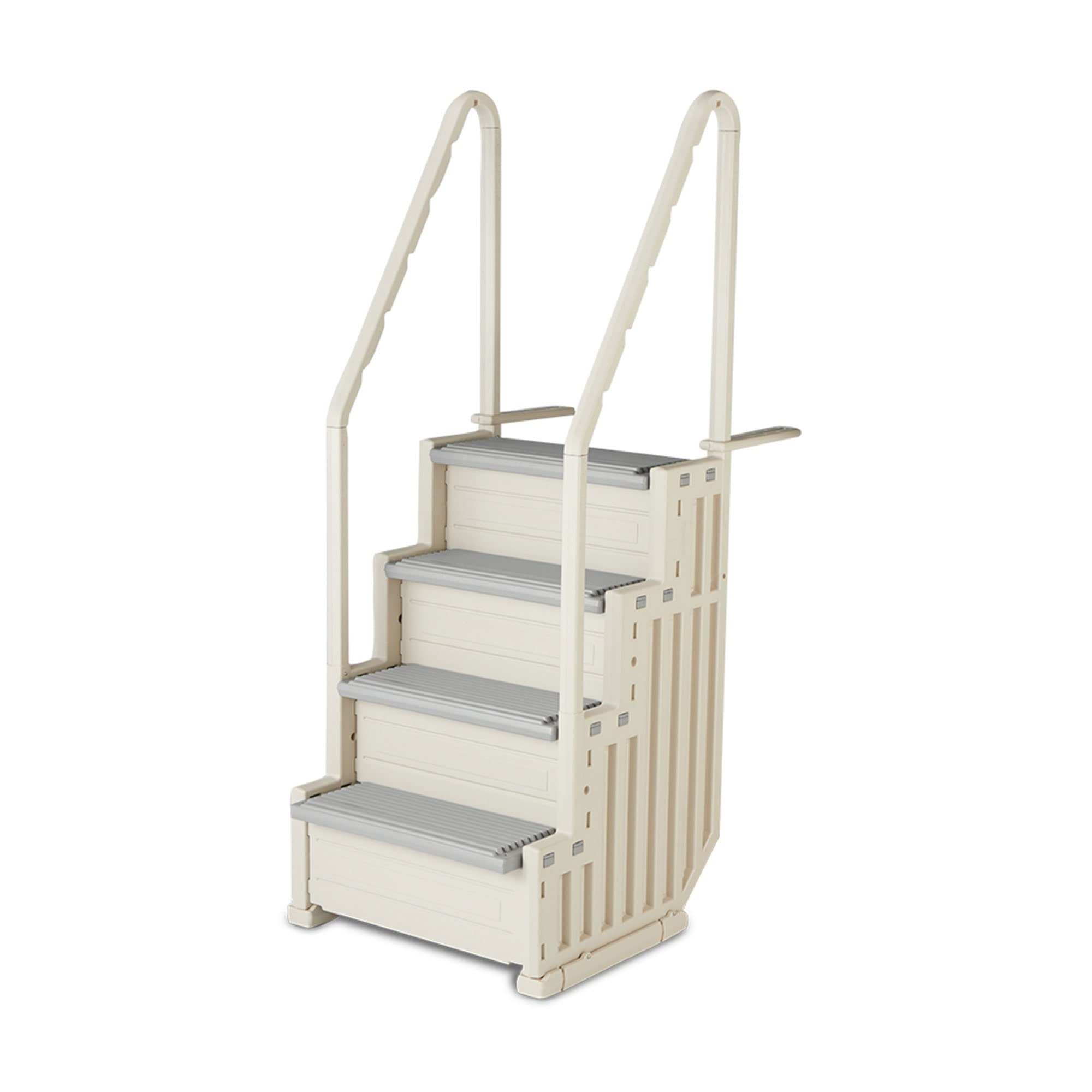
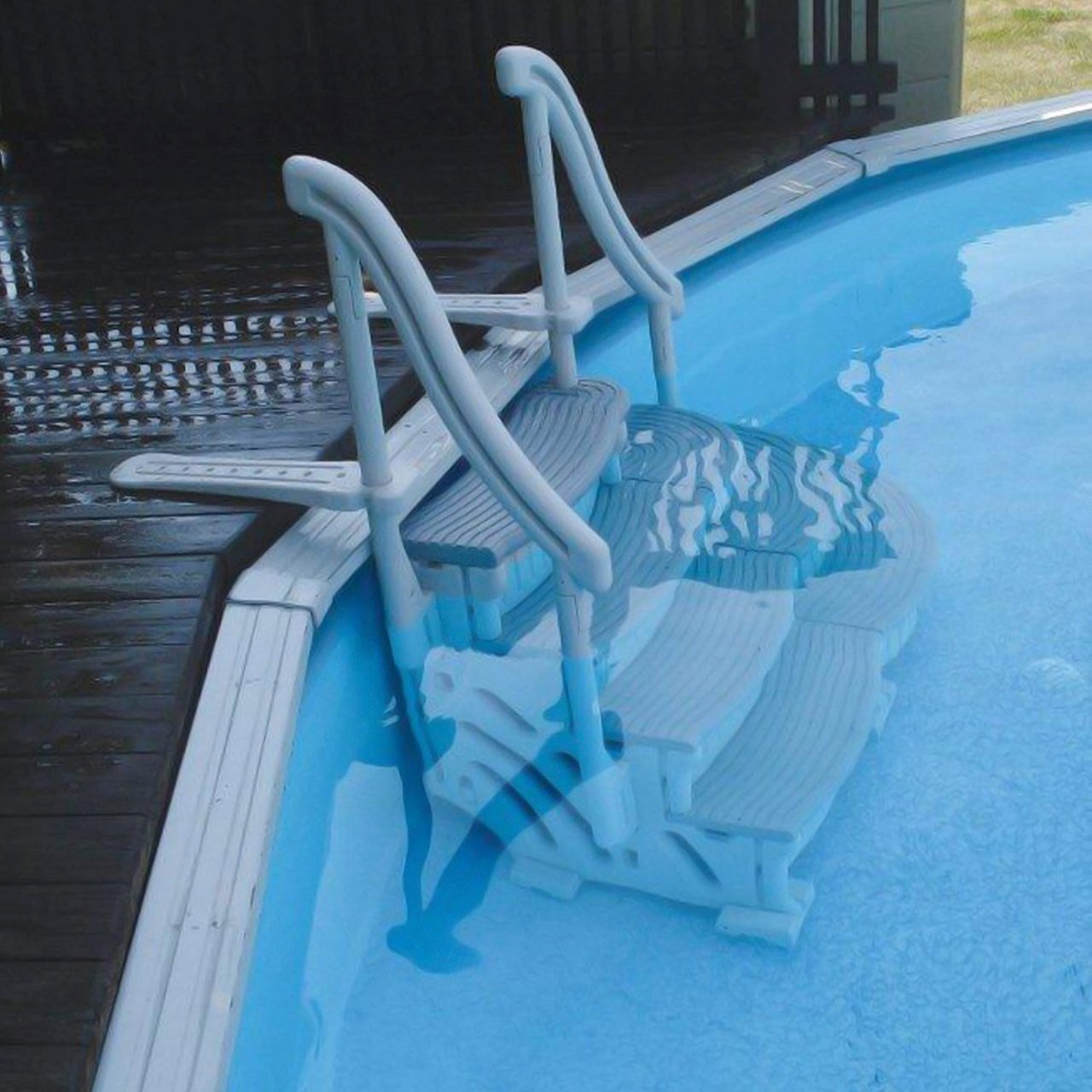

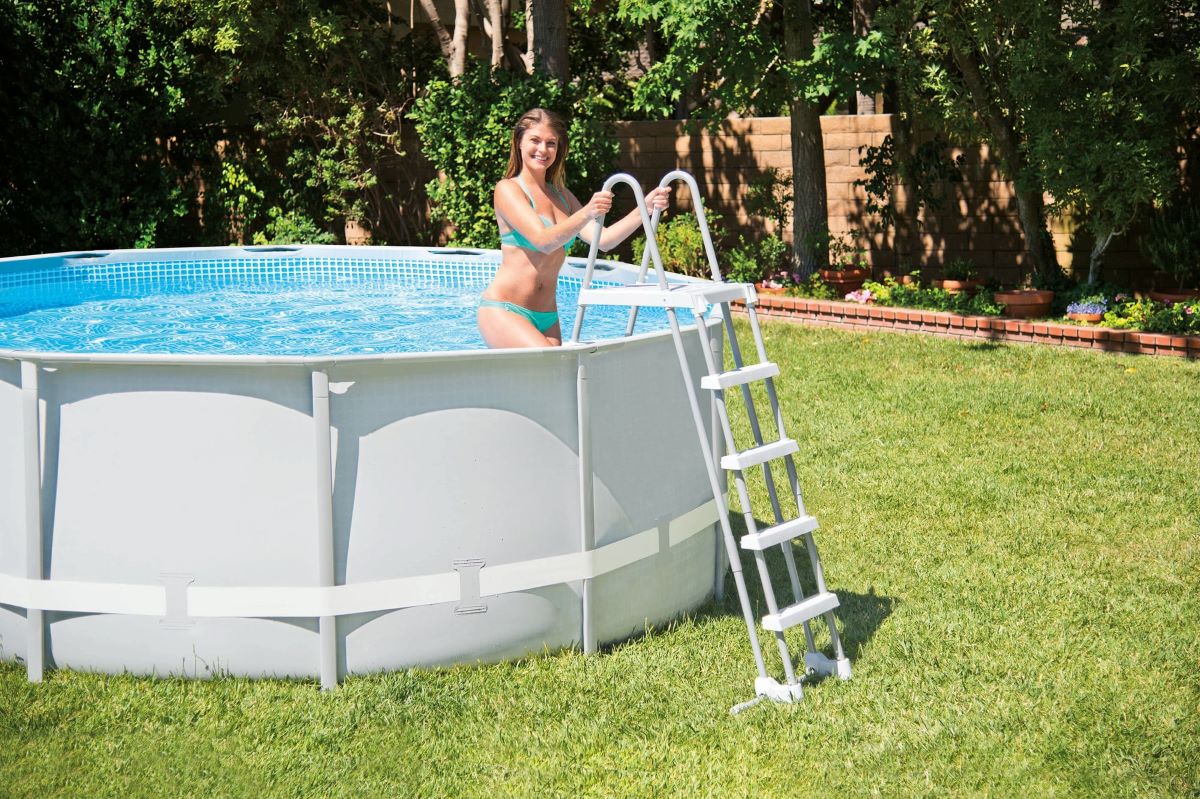
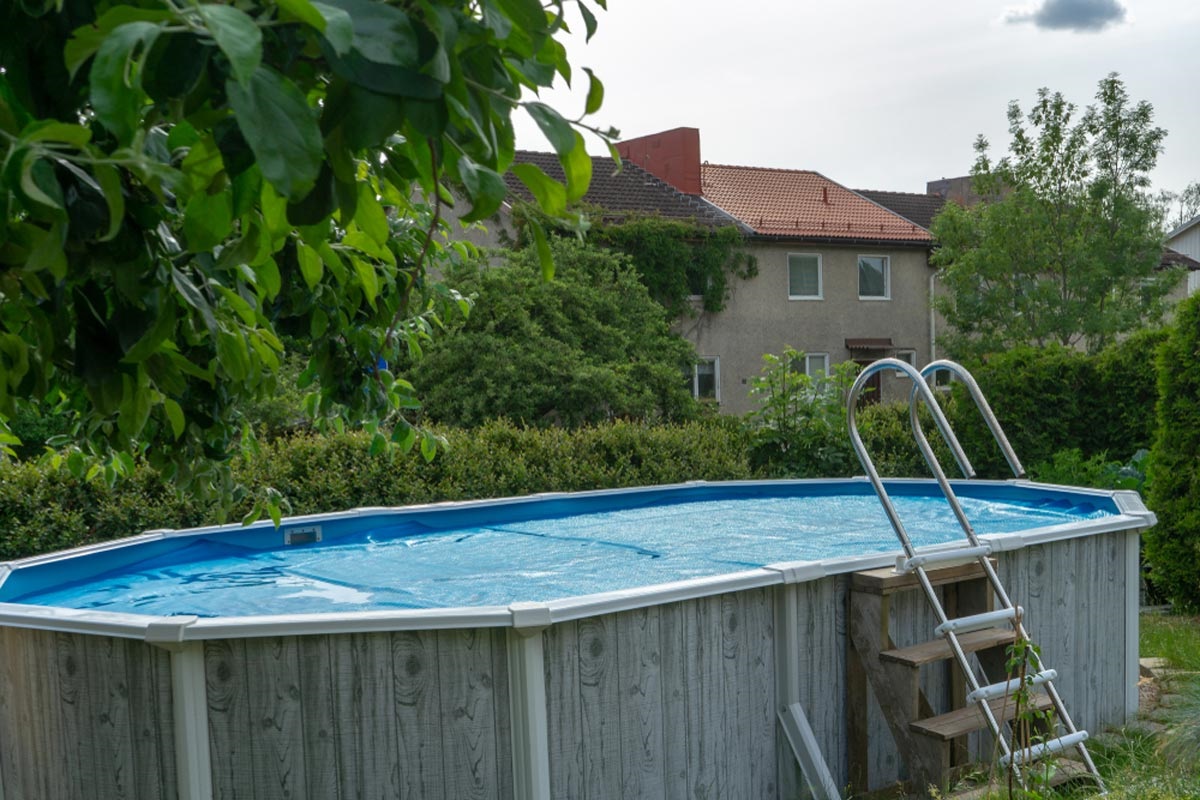
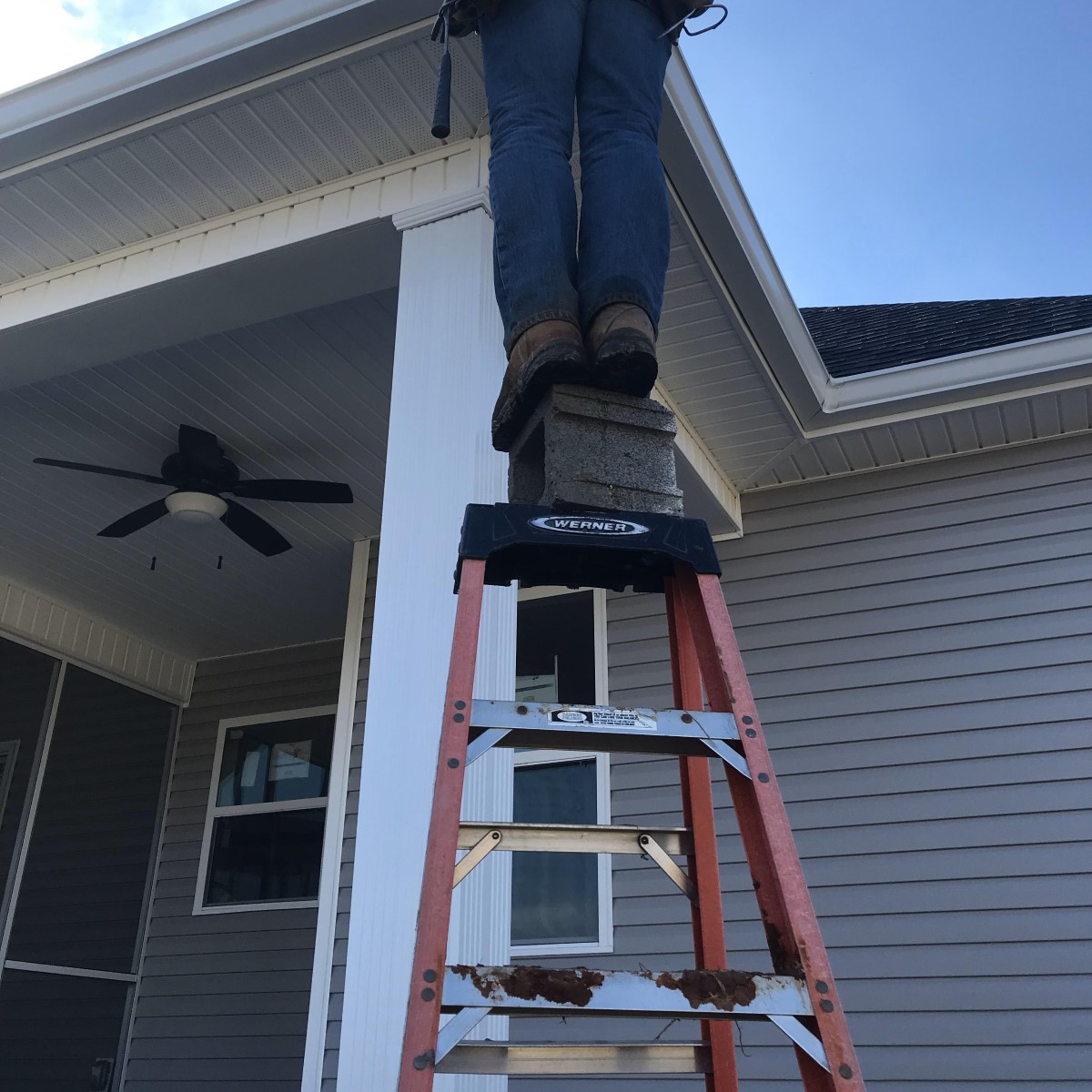
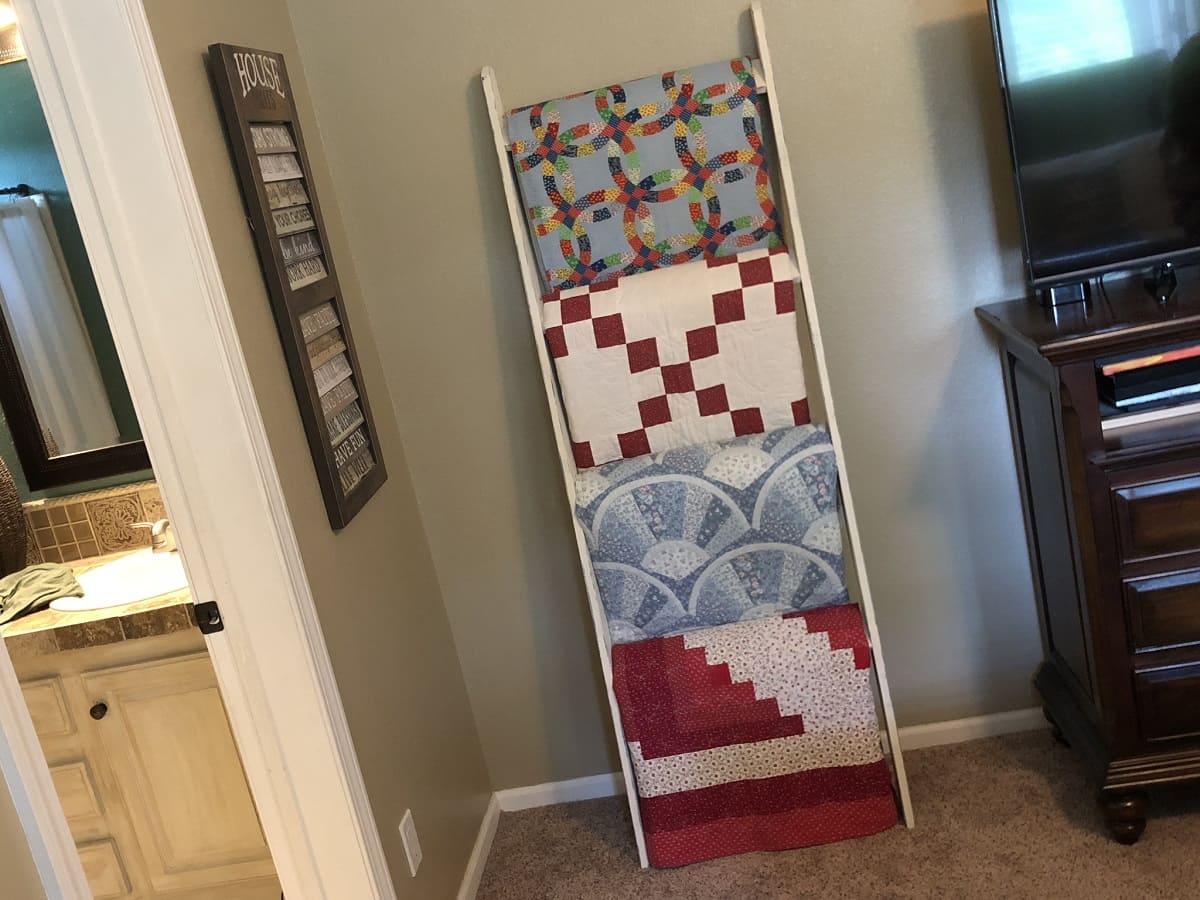
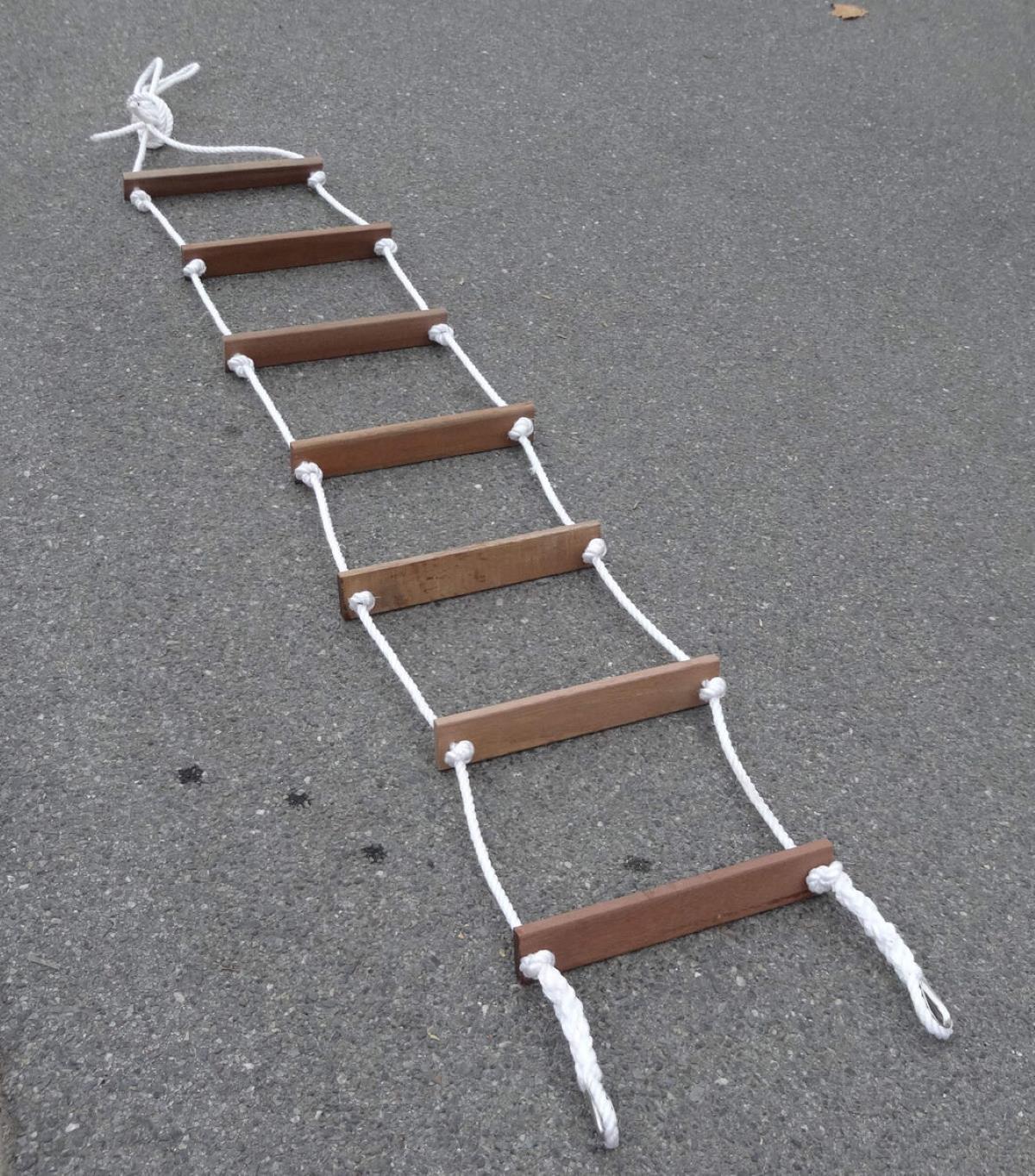
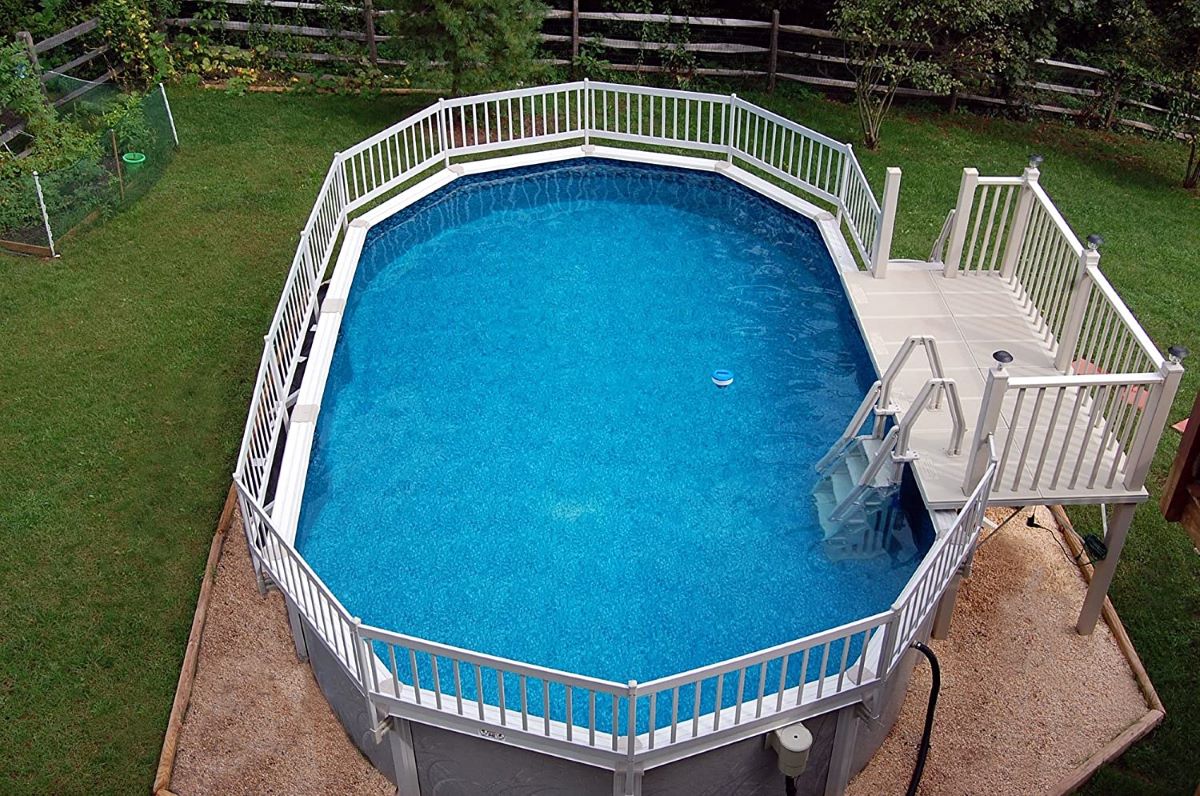


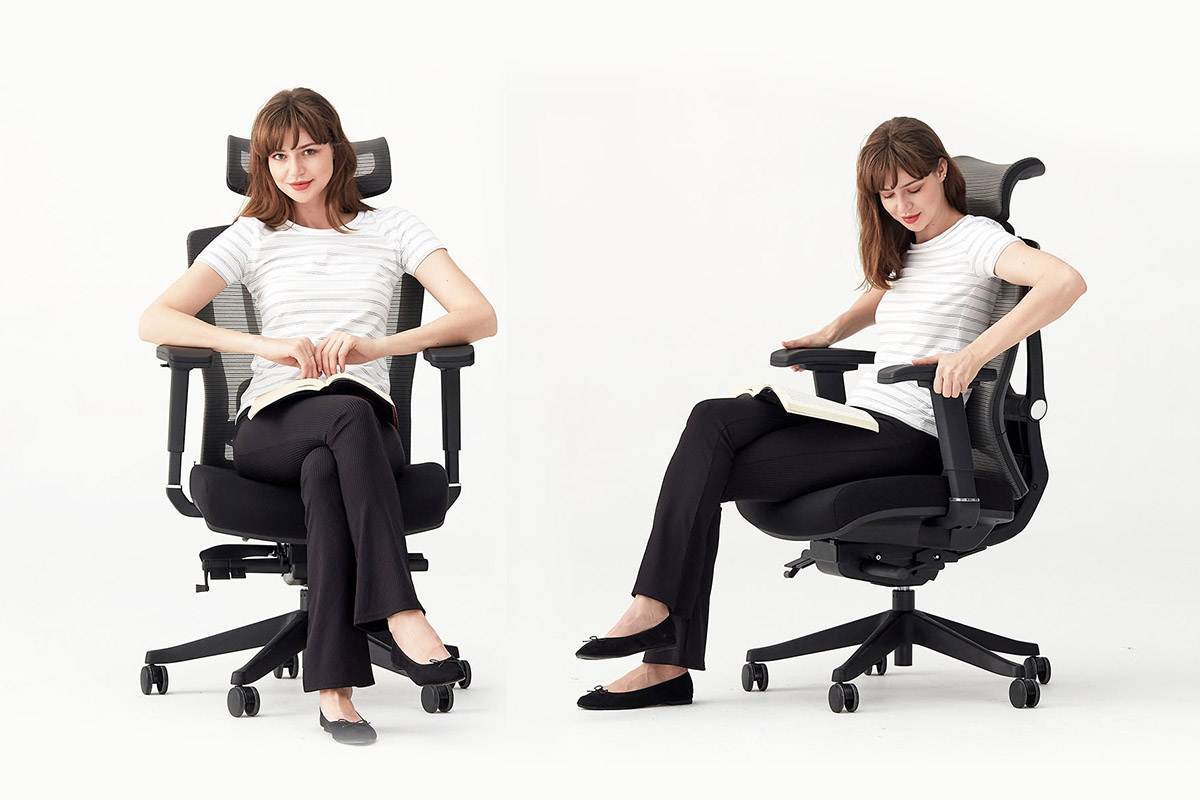
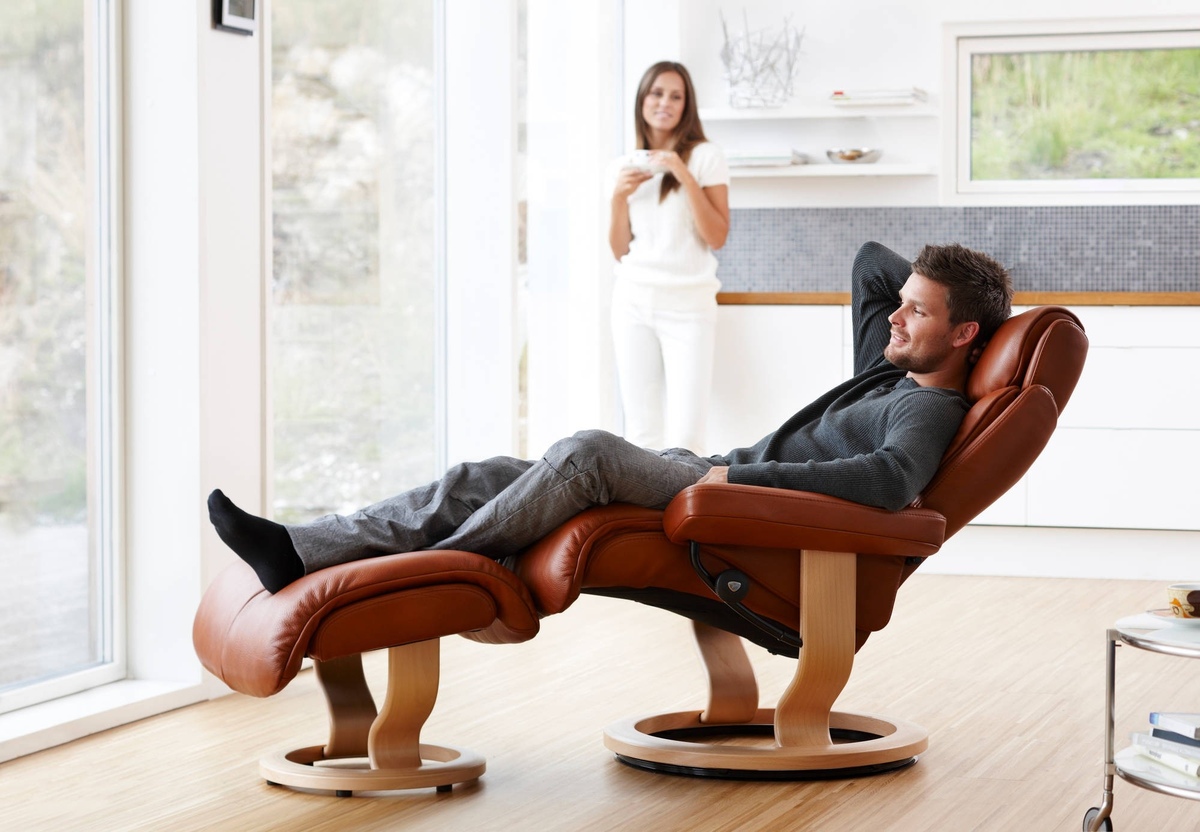
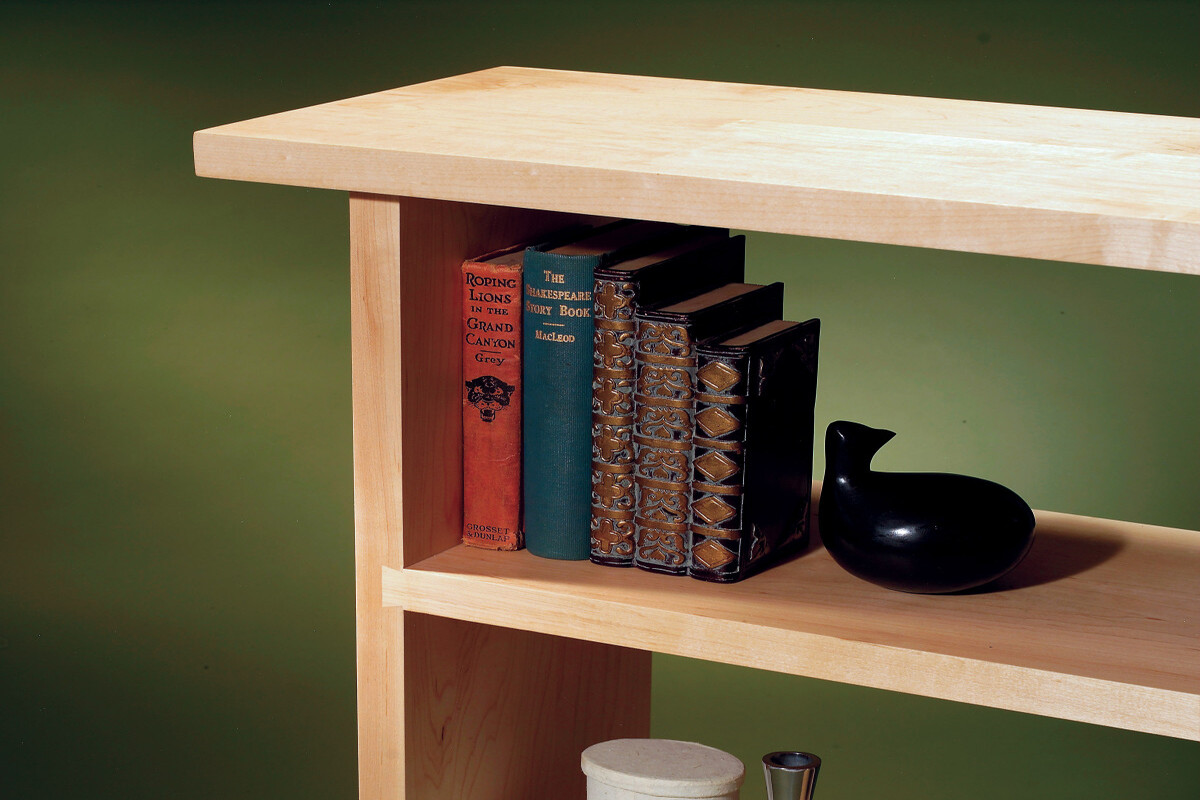

0 thoughts on “How To Make A Pool Ladder More Sturdy”